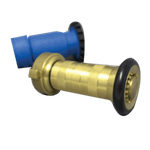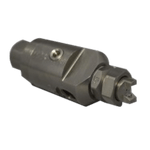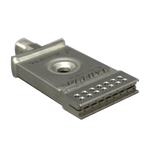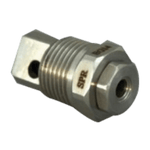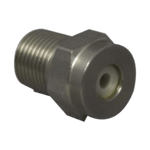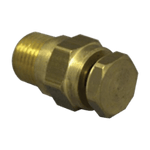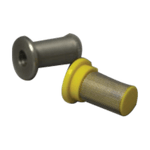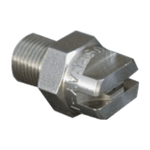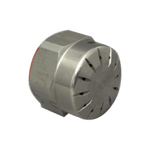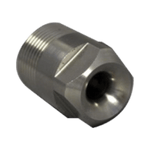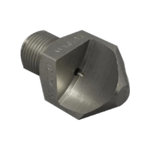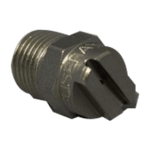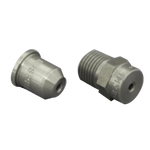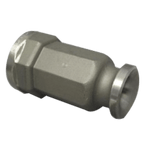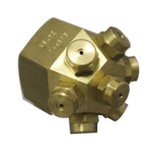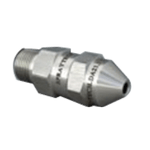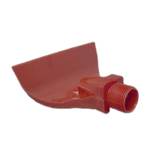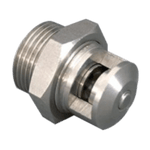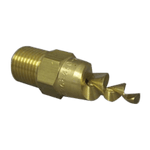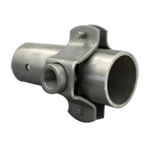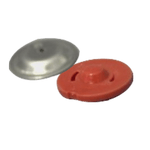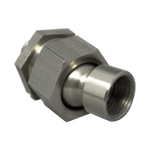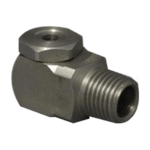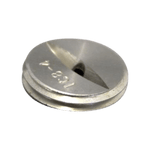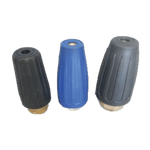The spray nozzle market is very diverse and with innumerable types to choose from, selecting the appropriate spray nozzle for a particular type of application can be a confusing process. However, it is important to get it right, as using a spray nozzle that isn’t entirely suited to the job can reduce operating efficiencies and lead to increased downtime and costs.
Although there are many factors to consider when choosing a spray nozzle, it is always important to take into account what sort of liquid is being sprayed, as well as the desired droplet size and flow rates you want to achieve, along with the spray angles and patterns required in order to get the job done. Keep reading to learn about the many factors that you should consider when choosing a spray nozzle.
Factor in what you’re spraying
The many different varieties of spray nozzle are designed to meet specific application needs; therefore, the spray nozzle you require will in the first instance depend on what is being sprayed.
The viscosity of the liquid being sprayed is a key determining factor in selecting the right spray nozzle. Generally speaking, the thinner the liquid being sprayed (i.e., low viscosity), the smaller the orifices on the spray tip need to be. For materials that are thicker or heavier (i.e., high viscosity), larger orifices are required.
The viscosity of the liquid being sprayed will also affect the types of spray patterns and coverage that can be achieved, both of which are key factors in spray nozzle selection. Choosing the right spray nozzle tip for the material being sprayed will also reduce the frequency of clogging and blockages, producing greater operating efficiency.

Pictured: Dust being removed from conveyors at a port loading facility with our Spraytech Systems spray nozzles.
Using an appropriate droplet size
Modern spray nozzle technology means that the way in which a liquid is atomised for spraying can be configured so as to achieve a precise droplet size, which can range from a fine mist to a coarse spray. Understanding the size of droplet that best suits your application is therefore an important way of achieving efficiency and cost-effective operation, and so should help to determine the sort of spray nozzle required.
Why spray nozzle flow rates matter
The overall efficiency of a spray nozzle depends on optimum flow rates being achieved, taking into account the application, the spray nozzle type and the coverage required. Getting the flow rate right also means that the correct size of droplet is produced, along with the desired spray pattern.
Different varieties of spray nozzle will produce different flow rates (measured in litres per minute), which will also in part be determined by the flow pressure (measured in bar).

Pictured: A Graph of Water Flow Rate in Relation to Pressure
Choosing the right spray pattern and angle
Spray nozzles are designed to produce a wide range of spray patterns to suit many different types of applications. The distance and angle between the spray tip and the surface, when combined with the spray pattern, ultimately determines the amount of coverage that is able to be achieved, as well as the impact force of the spray jet.
Choosing the right spray pattern and angle is therefore key to achieving maximum operating efficiency. Nozzles that produce hollow cone, full cone, solid stream or flat spray patterns are each designed for different applications, and so it is important to understand the distribution capabilities of each when selecting a spray nozzle.

Pictured: Spray pattern diagram.
Spraytech Systems are Australian spray nozzle specialists
With more than two decades’ experience with spray nozzles, Spraytech Systems can provide you with expert advice and guidance when it comes to selecting a spray nozzle for any type of application. Contact us on (08) 9259 4350 to talk to one of our highly experienced team about your specific requirements.




